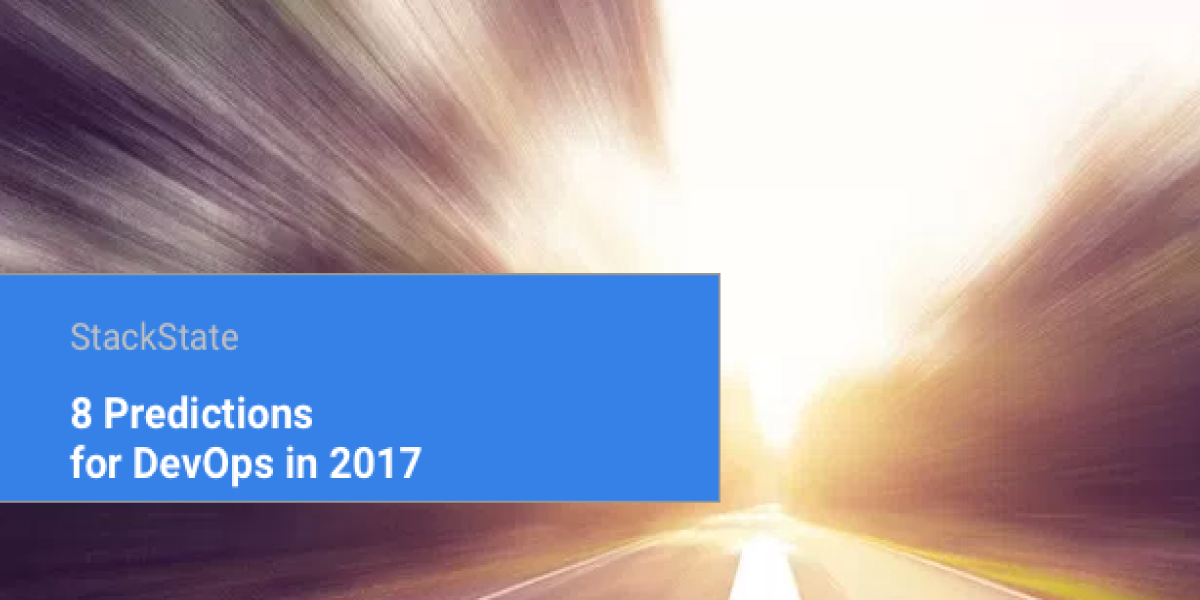1. A new wave of “next-gen platform” projects is coming.
In 2017, we’ll see a new wave of “next-gen platform” projects focused on container orchestration frameworks such as Kubernetes, and re-tooled PaaS platforms such as OpenShift or Cloud Foundry. Acceptance of the need for cross-machine resource management and scheduling framework is growing, and the vendor ecosystem is rapidly throwing weight behind this movement. There will also be an increased shift away from defining containers directly, and more towards having containers generated automatically where necessary.
– Andrew Phillips, VP DevOps Strategy at XebiaLabs
2. Defining applications as a set of related processes will be a new de-facto standard.
We’ll stop defining many apps as essentially “virtual machines definitions,” signaling the beginning of the end of the “bake a new AMI for each app version” approach to software delivery.
- Andrew Phillips, VP DevOps Strategy at XebiaLabs
3. Efforts to address enterprise concerns will increase.
With the increased experience of actually implementing next-gen platforms and automatically generating containers (see #1), there will be a greater focus on enterprise concerns, such as access controls, audit trails, and network technologies that can implement “virtual firewalls” at the level of the orchestration tier. We’ll also start seeing the first wave of “it’s much harder than it looks” cases.
– Andrew Phillips, VP DevOps Strategy at XebiaLabs
4. More projects will have an explicit data science/big data component.
The number of data science/big data projects will increase and will have their own specific challenges around testing, Continuous Integration, and Continuous Delivery. Greater business focus on these projects will reinforce the adoption of cluster managers since most big data frameworks run on one of these.
– Andrew Phillips, VP DevOps Strategy at XebiaLabs
5. Analytics and monitoring in software development will become more important.
Automated processes produce large amounts of data (just like in IoT), and we’re automating software releases more and more. Critical information needed to manage releases is being produced in large volumes and scattered over a vast array of tools. Teams will need to be able to summarize that data clearly for business reporting and identify and highlight unusual or surprising data for further investigation related to operations, usage, what’s working/what’s not.
– Tim Buntel, VP of Products at XebiaLabs
6. The Use of Serverless Architectures will expand.
Serverless architectures let you run code without provisioning or managing servers, which goes beyond the original promises of PaaS that we have been hearing for years. You don’t need a provisioned server, and you don’t need an application running all the time. They also provide great horizontal scalability completely automatically. While not new (AWS Lambda was launched in late 2014, for example), next year, we’ll start to see them being used more broadly, and not just as an interesting subject for a Meetup talk.
– Tim Buntel, VP of Products at XebiaLabs
7. Enterprises will invest more in moving apps onto new architectures.
The organizational gaps between Legacy (aka “Mature”), Transitioning and Modern application stacks will continue to create stress for companies in areas such as hiring, staff allocation, and budgeting. With an increasing number of organizations succeeding at delivering customer-facing solutions on new platforms — for example, cloud and containers—companies will invest more in moving their applications onto these new architectures.
– TJ Randall, VP of Customer Success at XebiaLabs
8. Companies will continue to mash Agile-initiatives with Waterfall delivery patterns.
Pipeline and release orchestration will be the two hottest buzzwords for the non-Dev folks in the application delivery process, as these approaches provide the consistency in the delivery process that business demands, along with the flexibility that IT teams need to deliver solutions faster.
– TJ Randall, VP of Customer Success at XebiaLabs
Dealing with these predictions in 2017 is challenging, but doable. At StackState, we’re building an full-stack observability platform that will make it easier for DevOps teams to deal with these predictions. Learn more about the StackState platform. – Tim Buntel, VP of Products at XebiaLabs.
This post was originally published on XebiaLabs' blog on December 13th, 2016 by Divesh Rupani.https://blog.xebialabs.com/2016/12/13/8-predictions-for-devops-in-2017/



